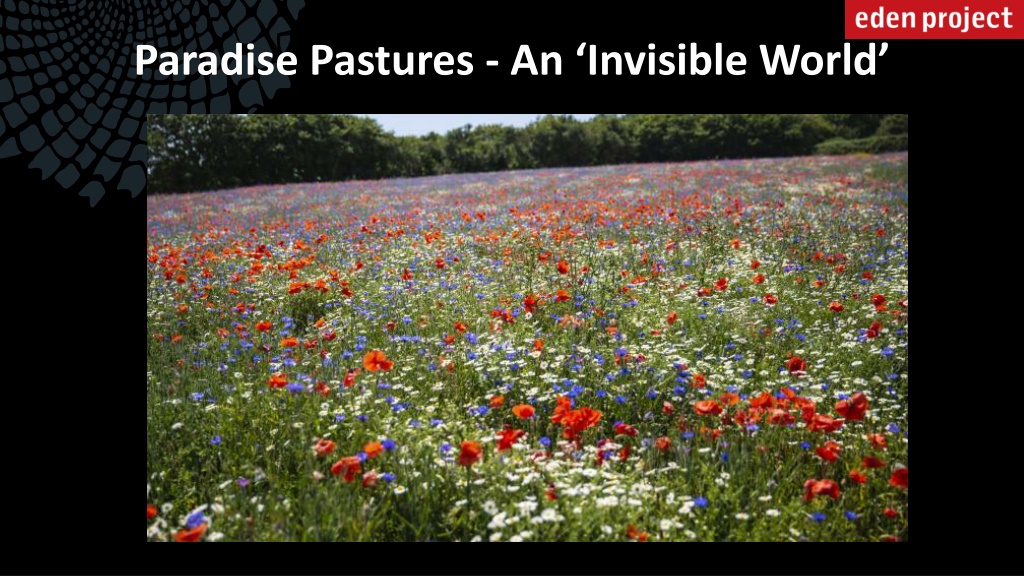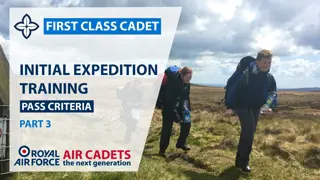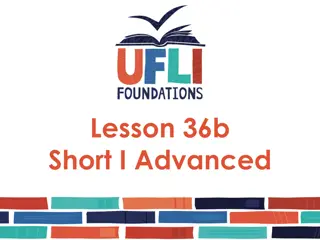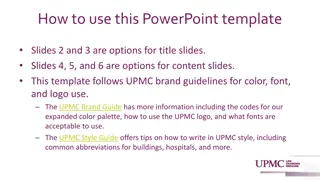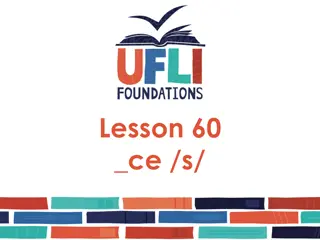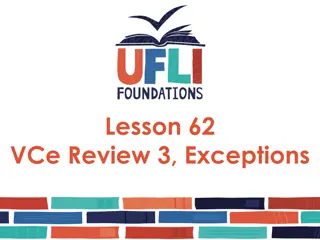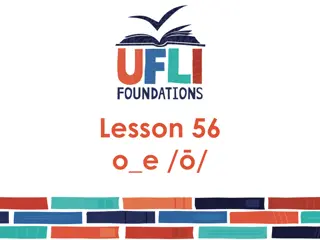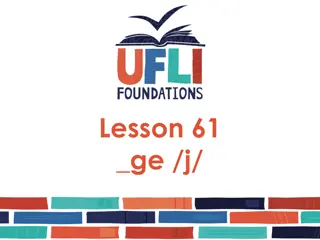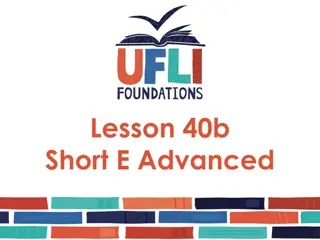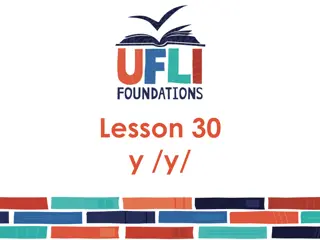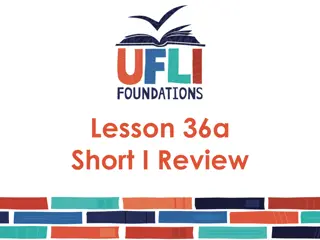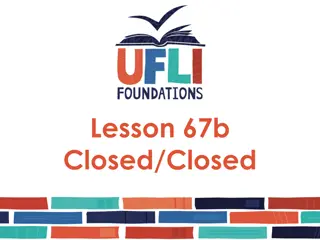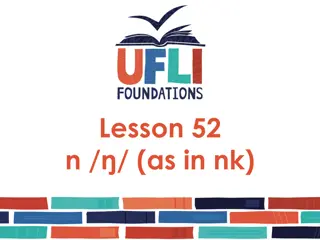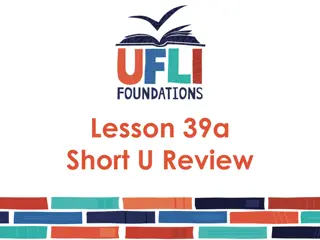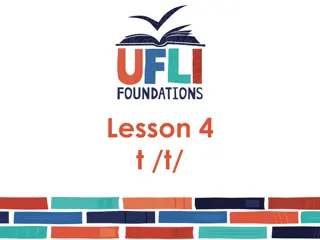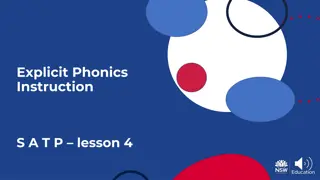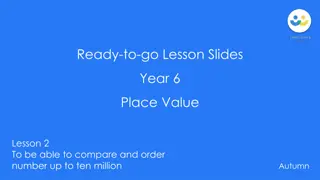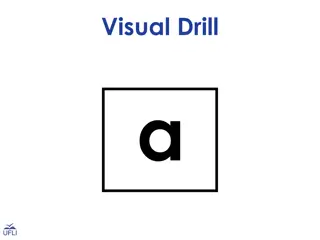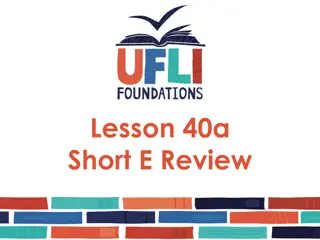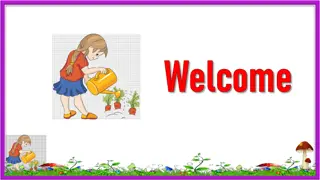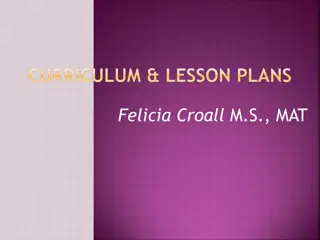Exploring Paradise Pastures: A Journey into an Invisible World
Embark on a fascinating journey through the Paradise Pastures Project where students delve into practical science skills, biodiversity exploration, and the wonders of an invisible world. The Whatifs, a group of curious beings, aim to showcase the beauty of Paradise Pastures and the importance of letting nature thrive. Through challenges and investigations, they uncover hidden patterns in nature, identify relationships between variables, and document the environment both above and below ground. Join them in discovering the magic of the natural world and advocating for its preservation.
Download Presentation

Please find below an Image/Link to download the presentation.
The content on the website is provided AS IS for your information and personal use only. It may not be sold, licensed, or shared on other websites without obtaining consent from the author. Download presentation by click this link. If you encounter any issues during the download, it is possible that the publisher has removed the file from their server.
E N D
Presentation Transcript
How does the Paradise Pastures Project Work? For the first few sessions we will be completing the challenges set by the Whatifs - developing our practical science skills and exploring the nature (biodiversity) in our school grounds. After that you will come up with your own scientific question to investigate based on something that has interested you, decide how best to answer that question and then plan and complete an investigation to in order to answer your question.
We are the Whatifs. We enjoyed a peaceful, sleepy winter sheltered underneath the fallen leaves of autumn and have recently been enjoying the bright spring days. As we edge towards summer the plants here in Paradise Pastures have begun growing furiously in the longer, warm days. Life seemed like it couldn t get better! However, we have received warning through the Wood Wide Web , that the Justsos have been getting their strimmer ready and that a dreaded mowing is just around the corner. The Justsos are only trying to keep things tidy, but the problem is that they tend it like everything around the place to look Justso . However, we know that if they left Paradise Pastures alone to grow more wild then that would be good for the plants, animals and fungi. As in - Whatif they just left it alone? If only they could take a closer look! We need you to help us by helping them to see just how amazing and interesting our Invisible World of Paradise Pastures is so that they can realise that the best way to help might actually be to let it grow a little wild! Over the next few lessons we have 3 challenges for you to complete and 3 tinctures for you to drink, which we think will help you find out about the amazing Invisible world of Paradise Pastures. We have asked your teacher to draw a giant map of Paradise Pastures for you on the wall. This will come handy as a place for recording what you find out. Good luck!
Outcomes for todays lesson: Practise identifying common local plants Investigate the Invisible Underworld recording what the environment is like underground and identifying the living things we find. Practice using scientific equipment to take measurements and make observations. Search for, and suggest, patterns or relationships between things in nature.
Can you give me any examples from nature about possible patterns, relationships or links between variable (things) that you have noticed before? For example, I ve noticed that every spring the starlings return when my dog runs a lot he starts to pant quickly in summer when it rains my grass grows a lot
Summarising what we learnt at the 2 locations: 1. As a group read through the information you recorded about the 2 locations. 2. Decide upon 3 things to say about each location that you feel best sums it up in terms of what it was like there and what you found. 3. Record these 3 points on a small piece of paper and get ready to tell the rest of the class.
Outcomes for todays lesson: Practise identifying common local plants Investigate the Invisible Underworld recording what the environment is like underground and identifying the living things we find. Practice using scientific equipment to take measurements and make observations. Search for, and suggest, patterns or relationships between things in nature.
